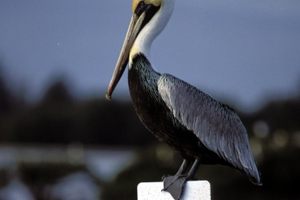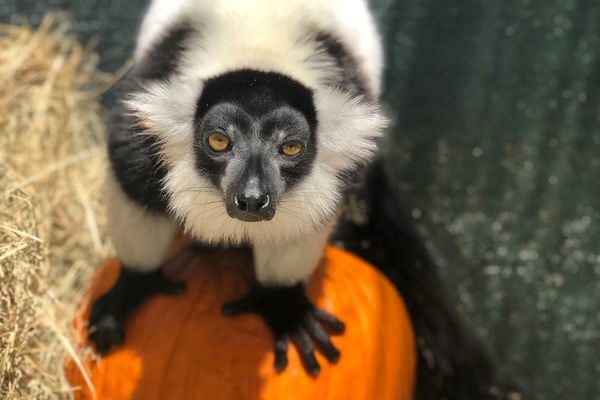About
In the late 1800s, plume hunters were killing the birds on Pelican Island, Florida, to sell their lucrative feathers to the fashion industry. One local resident, Paul Kroegel, took it upon himself to defend the island’s avian residents. Thanks in large part to his efforts, Pelican Island became the first National Wildlife Refuge in the United States, and Kroegel the nation’s first wildlife refuge manager. A statue in Sebastian, Florida, now stands in his honor.
Paul Kroegel was born in Chemnitz, Germany, in 1864, and at age 17 he and his father moved to Sebastian, Florida. They built their home on a massive Ais Indian shell mound on the west bank of the Indian River. Their home offered a clear view of the five-acre Pelican Island in Indian River Lagoon, which happened to be the last rookery for brown pelicans on the east coast of Florida.
The young Kroegel developed a special interest in the island’s avian inhabitants, especially the brown pelicans. But then the plume hunters began to arrive, in search of valuable feathers —which at the time were worth more than gold—to sell to the fashion industry, primarily to adorn women’s hats. The plume hunters were indiscriminately killing the island’s pelicans, egrets, herons, and spoonbills, and Kroegel was perfectly placed to view the wanton destruction of the rookery.
Armed with nothing but his pipe and a double-barreled shotgun, Kroegel took it upon himself to defend the birds. When he spotted anyone approaching the island, he’d sail out in his sailboat, sometimes firing off a few warning shots to discourage any potential plume hunters, as well as sports hunters who often blasted anything that moved on the island, just for fun.
At the time, there were no laws or legal protections for the birds of Pelican Island. But from the 1880s to the early 1900s, some influential naturalists began staying at the nearby Oak Lodge, including Dr. Frank Chapman, an ornithologist and curator at the American Museum of Natural History. Chapman took up Kroegel’s cause, and soon he had the support of the American Ornithologists’ Union and the Florida Audubon Society, the latter recognizing Kroegel as the warden of the island in 1902.
With the backing of these notable scientists and naturalists, Paul Kroegel’s dedicated work eventually caught the attention of the highest office in the land. On March 14, 1903, President Theodore Roosevelt signed an Executive Order creating the Pelican Island Reservation, the first National Wildlife Refuge ever created in the United States. And on April 1, 1903, Kroegel was officially appointed as its custodian, therefore becoming the nation’s first ever wildlife refuge warden.
Kroegel’s salary was just $12 a year (raised to $15 in 1909), so he had to continue with his boatbuilding and farming to supplement his wage. But his dedication never wavered, despite the risks involved. Of the four wardens eventually appointed to take care of the island, two were murdered while on duty. Kroegel survived his perilous employment and kept his official watch until 1926, when the federal government discontinued the warden service. But still he watched over the birds of Pelican Island until his death in 1948.
The statue of Paul Kroegel was unveiled in 2003. Sculpted by Rosalee Hume, a lifelong resident of Sebastian who had met Kroegel as a child, the statue stands in Riverview Park in Sebastian. The figure of Kroegel looks out at Pelican Island, smoking his pipe, with a couple of pelicans safe at his feet. And on the plaque a few simple words pay tribute to this dedicated guardian of Pelican Island: “One person can make a difference.”
Related Tags
Know Before You Go
The statue of Paul Kroegel is located in Riverview Park in Sebastian, a small city in Indian River County, Florida. The park is just off 600 U.S. Highway 1, along the shores of the Indian River.
Community Contributors
Added By
Published
October 11, 2019
Sources
- https://www.orlandosentinel.com/news/os-xpm-2003-03-16-0303140519-story.html
- https://www.conservationfund.org/projects/pelican-island-national-wildlife-refuge
- http://www.firstrefuge.org/paul-kroegel-and-the-story-of-pelican-island
- https://www.fws.gov/uploadedFiles/Region_4/NWRS/Zone_2/Everglades_Headwaters_Complex/Pelican_Island/Images/History/XX%20KroegelFlyer.pdf








































